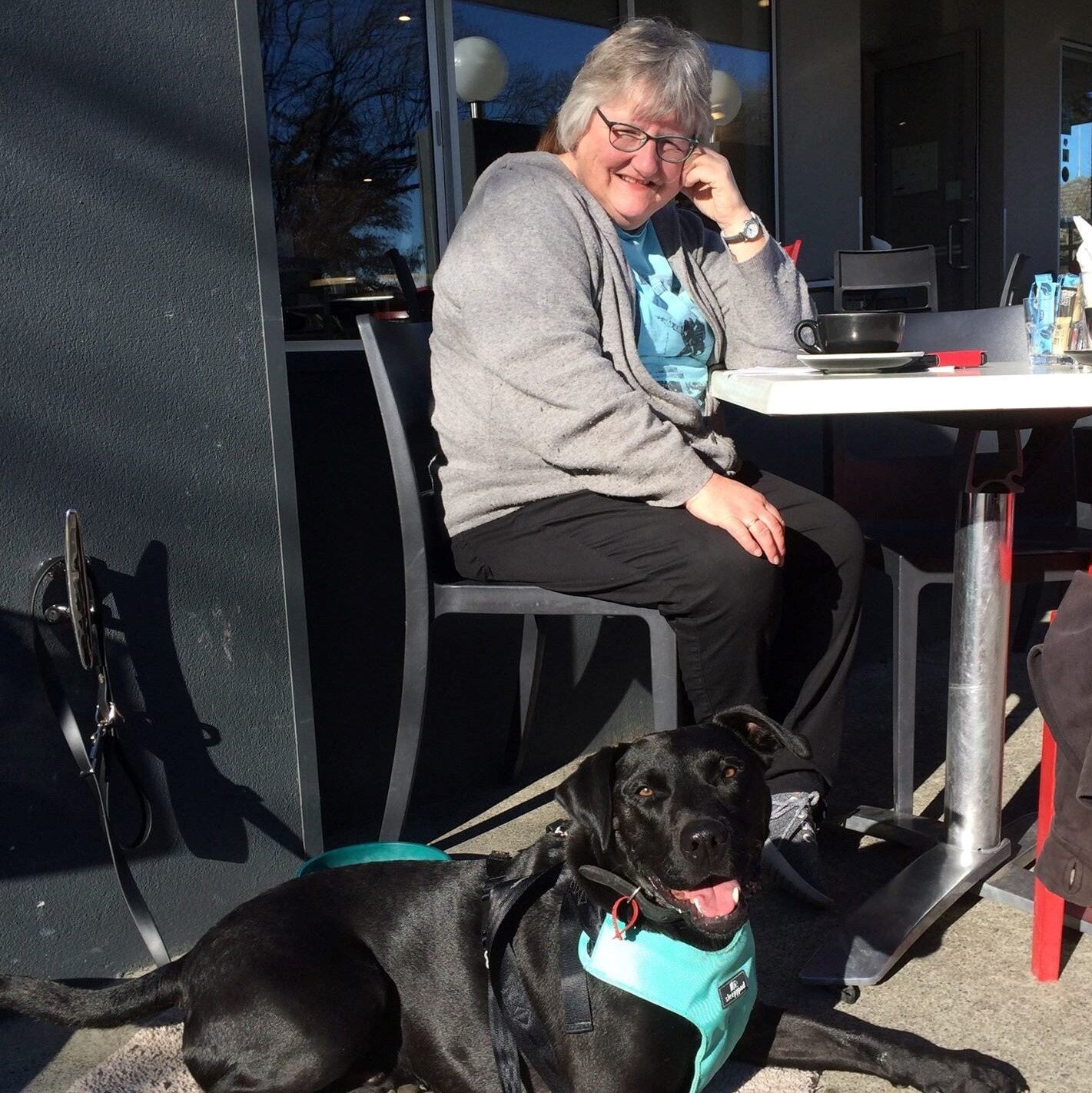Want to learn how to choose the best veterinarian for your pup? In this episode, learn what to look for in a veterinarian to ensure the best possible experience for all those involved.
Summary
Finding a veterinarian who you and your dog are comfortable with will help ensure vet visits are a positive experience for you, your dog and the vet staff.
Choosing the right vet can help avoid stress and anxiety for you and your dog.
In this episode, learn how to choose a vet who is right for you and your dog.
Watch the video to get the full training.
Hot News and Deals!
1. Get the Puppy Pre-School Programme!
If you want to learn how to raise a calm, well-behaved puppy, the Puppy Pre-School Programme is the puppy training blueprint you need. The Puppy Pre-School programme will guide you through how to solve all those puppy problems and remove the overwhelm with personalised support from Kelly, your Puppy Expert, so you can breeze through puppyhood. Join over 2,000 new puppy parents who have completed the Puppy Pre-School Programme and teach your puppy habits that lead to long-term success! Get the Puppy Pre-School Programme!
Inspirational Quotes
Full Transcript
Choosing a veterinarian is one of the most important decisions you’ll make for your dog.
Your veterinarian will be responsible for taking care of your dog’s long-term physical and mental needs to help them live a long, happy life so it makes sense to choose your veterinarian carefully and choose one who both you and your dog feel comfortable with.
Choosing the right veterinarian can mean the difference between your dog looking forward to vet visits or becoming stressed, fearful and anxious as soon as they realise that a vet visit is on the cards.
Here are some tips to help you choose the best veterinarian for you and your dog.
1. Ask around for recommendations to determine a short list
Ask friends, relatives, online dog groups, people at your local dog training class or dog park whether they have a veterinarian they can recommend and follow up with online reviews. Word of mouth is always a great place to get started and create a short list of potential veterinarians.
2. Once you have a short list, do some research on the vet practice
Find out how many vet staff are available at the vet practice and what qualifications they have. Then check things like their opening hours, whether they provide specialist services or emergency services. Finding out their charges and payment policies up front will help avoid any confusion or issues further down the track. And some vets offer free services like nail clipping and weighing which can save you money.
3. Once you’ve decided on your preferred vet, call them to arrange a tour of the vet practice
It’s really important to check out the vet practice with your dog ahead of time, before you need to attend an appointment, if you can. When you arrive at the vet practice, look at whether the facility is clean and tidy. Check whether there’s enough space in the reception area to ensure animals can come and go easily and can be kept separate.
It’s really important to help your dog build a positive association with the vet from the moment your dog joins your family so check whether they are happy for you to make social visits with your dog. This will help your dog get to know the vet staff and will help them look forward to vet visits, rather than being worried about them. If your dog is happy and relaxed then things will be much easier.
If you do have to attend the vet for a medical reason and you have a dog who isn’t comfortable with things like people, other dogs, vet practices or new environments, ask if they are happy for you to wait outside the vet practice until the vet is ready and then they can call you to come straight in, rather than having to wait in the reception area.
4. When you need to attend a medical appointment with your dog, assess how the vet staff treat your dog.
How do they introduce themselves to your dog when they first meet them? Do they try to create a positive association and adjust their approach depending on what your dog is telling them? Do they allow you to feed treats during the procedure to help it go smoothly? Do they offer to carry out examination where your dog is most comfortable such as on the ground? And do they carefully read your dog’s body language and go at your dog’s pace, without using force, fear or intimidation? Find a vet who takes their time to listen to your dog and tries to build a positive relationship with them.
5. How do the vet staff treat you?
This starts with how they handle your initial enquiry over the phone then how they greet you when you arrive. Do they take the time to explain everything to you and do they willingly answer your questions? Can you communicate with them easily? Check that their health and welfare philosophy closely aligns with yours. Are they proactive in all life stages of your dog’s care?
After you’ve done your research on the vet practice, you’ve done a tour with your dog and you’ve assessed how they vet practice has treated you and your dog, the most important thing is to trust your ‘gut feeling’… then you can’t go wrong!












